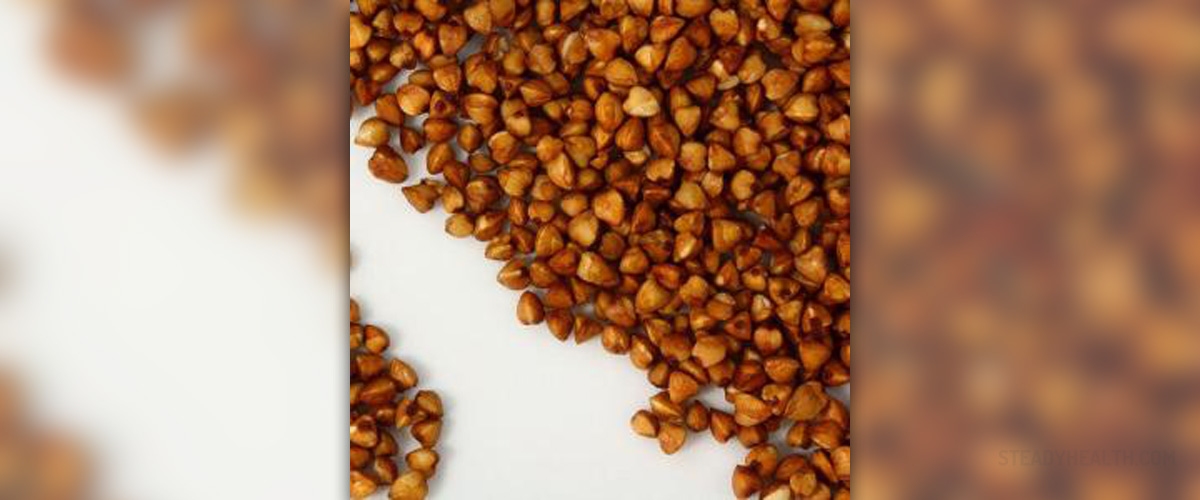
Buckwheat Nutritional Content
Buckwheat is one of the cereals because it has a rice grain and similar use as other cereals, but its morphological and physiological characteristics are substantially different from other grains.Buckwheat proteins are better than in other cereals, containing vitamins B1 and B2.
Buckwheat grain is rich in nutritional ingredients, mineral salts and vitamins. Most of its content consists of carbohydrates (72.9 %), proteins (11.7 %) and vegetable oil (2.4 %).
When it comes to mineral content, buckwheat contains a high percentage of potassium (448 mg), phosphorus (282 mg) and calcium (114 mg), but amounts of magnesium, sodium and iron are also not negligible.
Also, buckwheat contains microelements such as iodine, zinc, bromine and other organic acid and rutin - a substance from the group of vitamin P, which represents an extraordinary therapeutic tool for many diseases of modern age. These are, primarily, hypertension, rheumatism, glaucoma, diabetes and diseases that result from radioactive radiation. This precious ingredient is used as a tool for increasing the elasticity of blood vessels and improving their permeability.
Buckwheat is similar to other cereals by vitamin content - it contains almost all vitamins of group B, and considerable amounts of niacin.
Besides the culinary properties, many people appreciate buckwheat more than rice by the nutritional values. Energy value of 100 g of buckwheat grain edible part is 1407 kJ or 335 kcal. Besides, the energy and biochemical characteristics, buckwheat is also easy digestible, so it is a real shame that this valuable crop is neglected and a little difficult to get outside the area of cultivation. It is the ideal food for individuals with disturbed digestion, children and the elderly, especially in combination with rice and other grains.
Buckwheat Health Benefits
Buckwheat has a positive effect in the treatment of vascular diseases, varicose veins, capillaries shooting, poor memory, rheumatism, glaucoma, diabetes and stomach disorders.Folk medicine recommends buckwheat flower as a remedy against cough and phlegm in the upper airways.
Buckwheat leaf and flower tea is used for treating atherosclerosis, especially if it is combined with high blood pressure.
Buckwheat groats can be used for preparing a healthy and tasty mash, which is one of the top nutritional products. It is recommended for everyday’s children and adult diet, especially for intellectual workers, as it strengthens the memory and concentration.
Buckwheat porridge is also remedy against stomach and intestinal diseases, and helps in the cases of the nervous derangement, anemia and obesity.


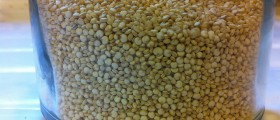



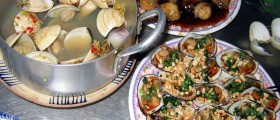
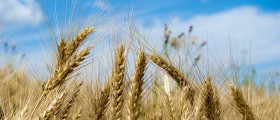
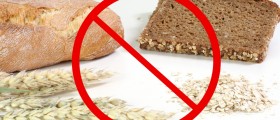

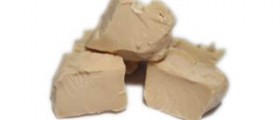



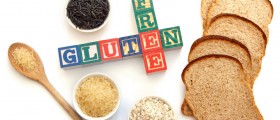
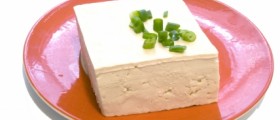

Your thoughts on this
Loading...